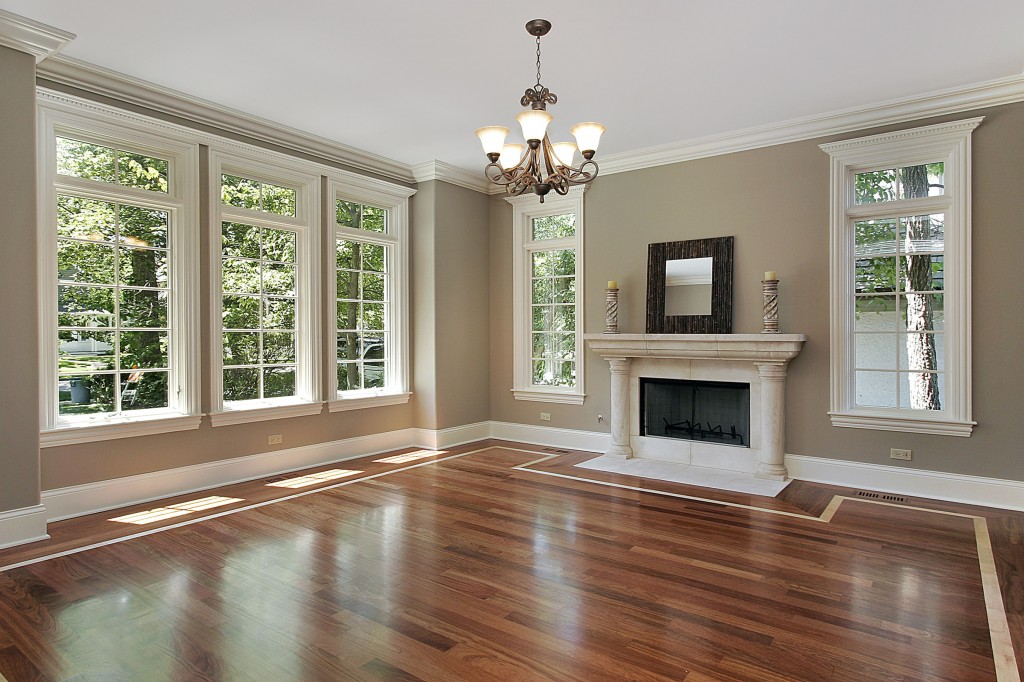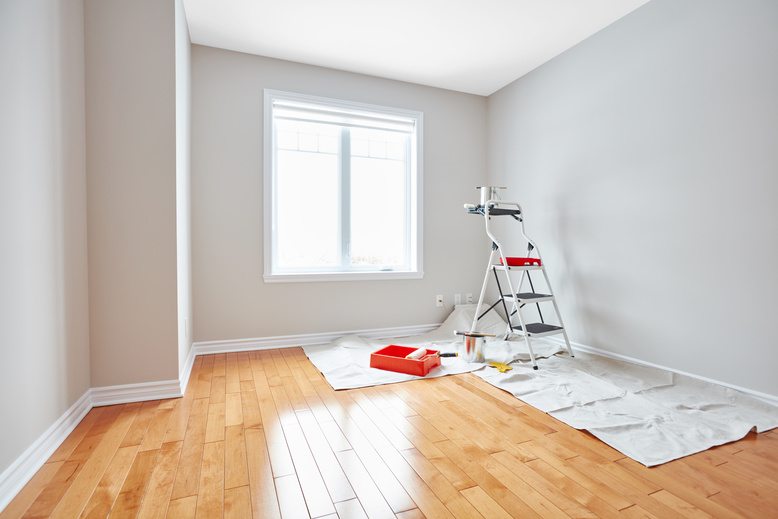Lakewood Interior Painting: Transform Your Home with Expert Painters and Services
Lakewood Interior Painting: Transform Your Home with Expert Painters and Services
Blog Article
Enhance Your Interior Decoration With Comprehensive Shade Examination
The assimilation of shade consultation right into indoor design provides a distinct chance to refine and raise the psychological and visual resonance of a room. By engaging with an experienced shade specialist, you can browse the intricacies of shade choice, ensuring that your selections not only complement architectural attributes however likewise resonate with individual design and mental impact.
Advantages of Color Assessment

In addition, shade assessment aids in making the most of natural light and optimizing spatial perception. Lighter colors can make a room show up even more expansive, while darker shades produce an intimate setting. Cleveland Metro Painting Specialists. This critical application of shade can considerably affect the overall atmosphere of any type of interior area
In addition, specialist consultants have a detailed understanding of current trends and timeless standards, ensuring that the selected shades will stay enticing gradually. This insight can save customers from pricey redesigns in the future. Shade examination encourages customers by supplying them with a clear vision and direction, fostering confidence in their layout options and inevitably leading to a much more successful and gratifying interior layout result.
Understanding Shade Psychology
The value of shade psychology in indoor design can not be overemphasized, as it digs into the psychological and emotional impacts that different hues can stimulate in individuals. Colors can affect state of mind, habits, and also performance, making them an important factor to consider in any design task.
As an example, cozy shades such as red, orange, and yellow are typically connected with energy and heat. They can promote sensations of enjoyment and convenience, making them appropriate for social areas like living rooms or kitchens. Conversely, great shades like blue, eco-friendly, and purple often tend to evoke peace and tranquility, making them suitable for bedrooms or meditation locations.
Additionally, the usage of neutral tones can produce a well balanced setting by allowing the bolder shades to stand out without overwhelming the senses. Understanding these emotional impacts allows designers to create areas that not only look visually pleasing yet additionally advertise psychological health.
Integrating shade psychology into interior decoration entails a thoughtful selection of tones customized to the desired function of each room, eventually boosting the total experience for its owners. This awareness is crucial for attaining a practical and harmonious interior environment.
The Shade Wheel Discussed
Understanding the connections in between hues is vital for efficient indoor design, and the color wheel serves as a beneficial device in this process. The shade wheel, created by Isaac Newton in the 17th century, shows the spectrum of shades organized in a circular layout. It consists of primaries-- red, blue, and yellow-- that can not be created by mixing various other shades. Second shades, developed by integrating main colors, include green, orange, and purple. Tertiary colors result from mixing a main and an additional color, resulting in hues such as green and red-orange.
The color wheel aids designers understand the connections between colors, including complementary, similar, and triadic plans. Complementary shades, located opposite each other on the wheel, produce vibrant contrasts that can invigorate an area. Analogous shades, located beside each other, give a unified and cohesive appearance. Triadic schemes make use of three equally spaced colors, supplying balance and aesthetic rate of interest.
Utilizing the color wheel in interior decoration not just enhances aesthetic allure but likewise stimulates specific feelings and ambiences, making it a critical recommendation for shade assessment. Recognizing these relationships eventually encourages designers to produce rooms that are both functional and visually exciting.
Selecting the Right Combination
Usually, choosing the appropriate combination is a crucial element in attaining an effective interior decoration task. A well-chosen color pattern can combine a room, improve its attributes, and evoke wanted emotions. To begin, take into consideration the objective of the room. Various rooms offer varied functions and need combinations that mirror their designated use; for example, relaxing shades such as soft blues or environment-friendlies function well in rooms, advertising leisure.
Light can dramatically modify exactly how colors show up, so it is vital to assess the area at different times of the day. A harmonious scheme ought to enhance these functions, creating a natural look throughout the room.
When choosing shades, use the 60-30-10 rule, which recommends that 60% of the space need to be a dominant shade, 30% an additional shade, and 10% an accent color. This proportion guarantees equilibrium and visual passion (Cleveland Metro Painting Specialists). Lastly, example colors on the wall surfaces before dedicating, as this allows you to see exactly how the hues engage with each other and the general setting they create in your interior decoration job.
Functioning With a Color Expert

When functioning with a shade consultant, the process typically begins with an initial assessment. During this meeting, you'll discuss your vision, choices, and the existing components in your room. The professional will certainly analyze your demands and might suggest certain color palettes that align with your goals.
After developing an instructions, the expert will certainly offer samples and aesthetic help to assist you imagine the suggested color design. This action is critical, as shades can appear differently under varying lights problems.
Furthermore, a color professional can assist you in choosing complementary home furnishings, art work, and accessories to integrate with your picked combination. By collaborating very closely, you can accomplish a refined visual that raises your interiors and develops an inviting atmosphere. Inevitably, the know-how of a color consultant can dramatically improve the overall effect of your design task.
Conclusion
In recap, detailed color examination acts as an essential tool for boosting interior layout. By leveraging professional expertise of color psychology and spatial characteristics, a tailored shade palette can my response be established to evoke certain feelings and produce an unified environment. This calculated approach not just cultivates a cohesive layout narrative however additionally alleviates the risk of costly redesigns. Inevitably, involving with a color consultant makes certain an informed and visually pleasing end result, elevating the general experience of the room.
By engaging with an experienced shade professional, you can browse the complexities of color selection, making sure that your options not just enhance building attributes yet also resonate with personal design and psychological impact. It comprises primary colors-- red, blue, and yellow-- that can not be created by mixing other colors.The color wheel helps designers grasp the relationships between shades, including corresponding, similar, and triadic systems.When picking shades, use the 60-30-10 policy, which recommends that 60% of the area must be a dominant color, 30% a secondary color, and 10% an accent shade. By leveraging specialist expertise of shade psychology article and spatial dynamics, a tailored color scheme can be created to stimulate certain emotions and create an unified setting.
Report this page